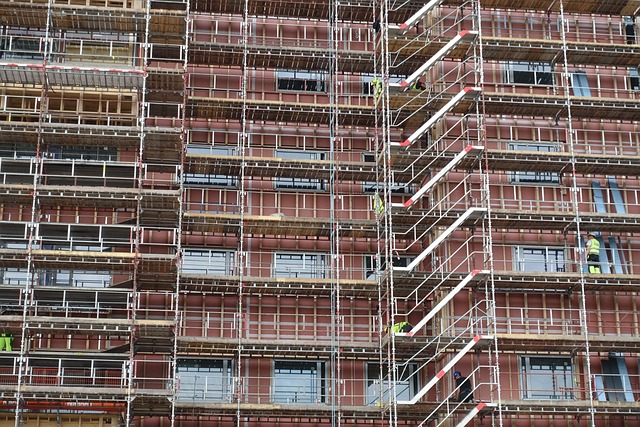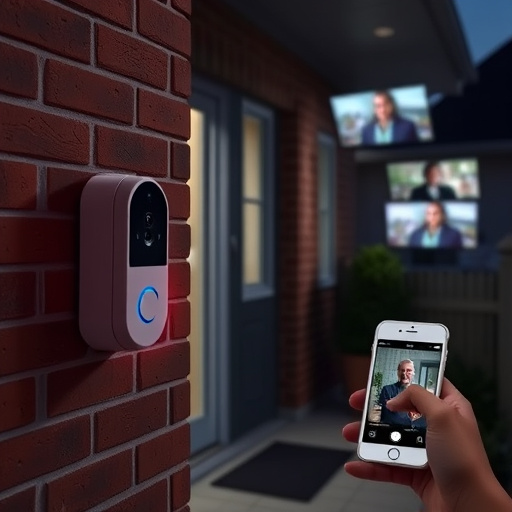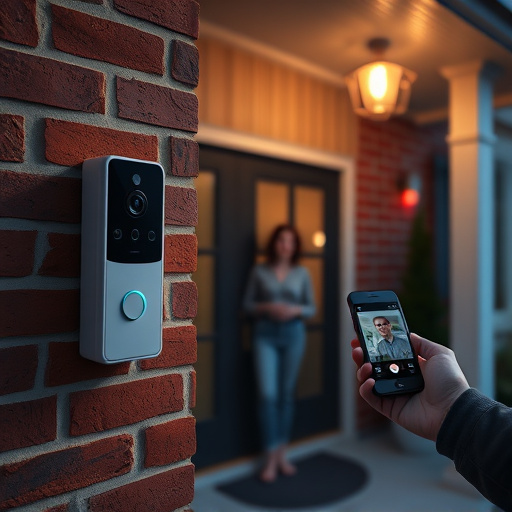Preventing break-ins requires a multi-faceted approach. Start with identifying and fortifying common entry points like unlocked doors, windows, garages, and ground-level access. Implement robust physical security measures such as high-security locks, reinforced doors, window guards, lighting, sensors, fencing, and secure outdoor storage. Integrate smart home technology for real-time monitoring, automated lights, motion sensors, and remote lock control. Combine these with regular maintenance, well-lit environments, hidden valuables, and community involvement to create an impenetrable home fortress. Adopt "secure home tactics" including neighborhood watch programs, law enforcement partnerships, and security awareness campaigns to significantly deter potential thieves.
Preventing home break-ins is crucial for ensuring your family’s safety and safeguarding your belongings. In this article, we explore comprehensive methods to fortify your abode against potential intruders. From understanding common entry points like windows and doors to leveraging technology for smart home security, these effective security strategies will transform your residence into an impenetrable fortress. Discover the best practices every homeowner should adopt and engage with your community to foster a culture of awareness and protection.
- Understanding Common Break-in Vectors
- Implementing Physical Security Measures
- Utilizing Technology for Smart Home Safety
- Security Practices Every Homeowner Should Adopt
- Community Engagement and Awareness
Understanding Common Break-in Vectors
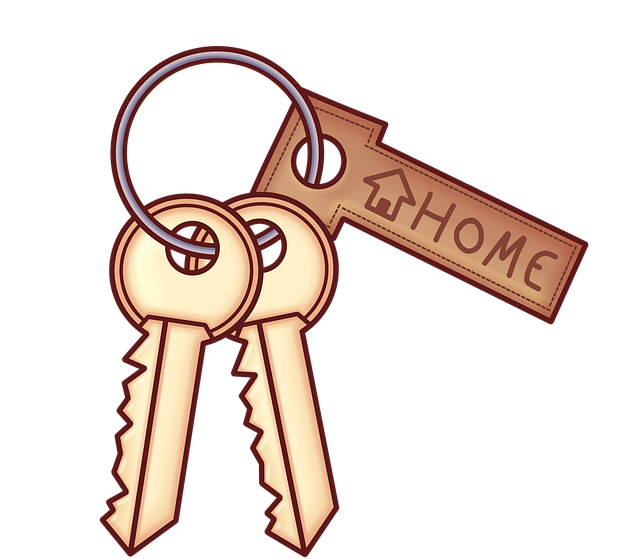
Understanding Common Break-in Vectors
One of the first steps in preventing break-ins is to grasp the most common entry points and methods used by intruders. The majority of home invasions occur through simple, yet often overlooked, vulnerabilities. Windows and doors are the primary vectors for break-ins, with many incidents involving forced entries or unlocked/unprotected access points. Burglars also target vulnerable areas like garages, attics, and ground-level windows, taking advantage of these less secured locations to gain easy entry.
Effective security strategies focus on reinforcing these weak spots through robust locks, reinforced doors, and window guards. Additionally, securing outdoor areas with well-lit paths, motion sensors, and secure fencing significantly discourages potential intruders. Home protection measures don’t stop there; it’s also crucial to maintain a safe environment by keeping valuable items out of plain sight and utilizing smart home security systems that provide real-time alerts for any suspicious activity.
Implementing Physical Security Measures

Implementing Physical Security Measures is a robust strategy in preventing break-ins and ensuring your home’s safety. Start by enhancing your exterior with strong, well-maintained doors that include high-security locks and reinforced hinges. Install robust windows equipped with sturdy frames and consider adding anti-scratch coatings for added protection against forced entry.
Surrounding your property with a secure fence or wall can significantly deter potential intruders. Ensure easy-to-access areas like garage doors, shed, and basement entrances are equally secured with robust locks and, where possible, motion-activated lighting. These physical security measures, when combined with other home protection strategies, create an effective barrier against break-ins, offering peace of mind for homeowners.
Utilizing Technology for Smart Home Safety
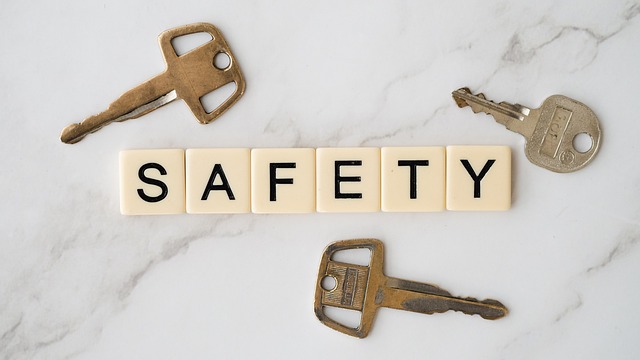
In today’s digital era, technology offers a plethora of smart home safety solutions to help prevent break-ins and ensure effective security strategies. Home protection measures such as automated lighting systems that turn on at dusk and motion sensors that trigger alerts can act as powerful deterrents for potential intruders. These advanced devices allow homeowners to remotely monitor their properties via smartphone apps, providing real-time updates and peace of mind.
Additionally, integrating smart locks into your home’s security system enables you to control access from afar. With a simple tap on your phone, you can lock or unlock doors, limit key copies, and even grant temporary access to trusted individuals. These secure home tactics, when combined with other methods like robust door and window security measures, create an impenetrable fortress, making break-in prevention a top priority for any homeowner.
Security Practices Every Homeowner Should Adopt

Implementing robust security practices is paramount in safeguarding your home and family from potential break-ins. Every homeowner should adopt a multi-layered approach to security, combining physical deterrents with smart technology. Start by ensuring all exterior doors and windows are fitted with high-quality locks and reinforced hardware. Consider installing a security system that includes motion detectors, alarms, and cameras, both indoor and outdoor, to act as a powerful deterrent and provide real-time alerts. Regularly review and strengthen your home’s physical security features, such as solid core doors, reinforced glass, and robust fencing, creating an impenetrable barrier against intruders.
Complement these measures with effective security strategies like maintaining a well-lit environment around your property using motion-activated lights. Keep your home free from potential hiding spots by trimming foliage and ensuring outdoor areas are clear. Adopt smart habits like not leaving keys hidden outside or in easy-to-reach places, and consider installing a smart lock that allows you to remotely monitor and control access. Additionally, keeping valuable items out of plain sight and storing them securely can significantly reduce the appeal of your home for potential thieves.
Community Engagement and Awareness

Community engagement and awareness play a pivotal role in preventing break-ins and enhancing overall home security. Encouraging neighborhood watch programs can be an effective strategy to foster a sense of community vigilance. By training residents to recognize suspicious activities, report them promptly, and collaborate on security measures, neighborhoods can create a robust early warning system. Regular community meetings, where home protection measures are discussed and shared, can significantly contribute to a safer environment.
Additionally, local law enforcement agencies can partner with communities to conduct security awareness campaigns, providing valuable home security tips and effective tactics to deter potential burglars. Educating folks on simple yet powerful secure home practices, such as ensuring all doors and windows have robust locks, installing security systems, and keeping outdoor lighting well-maintained, can create an atmosphere of unity against break-ins.




